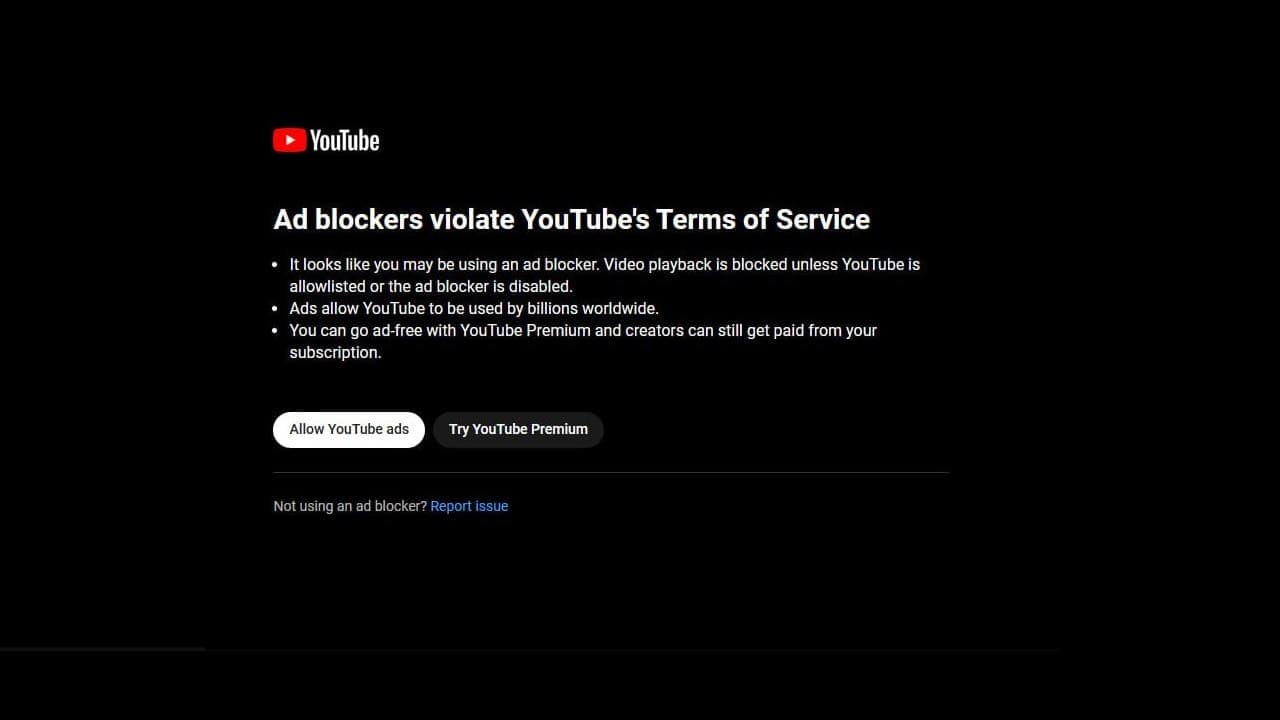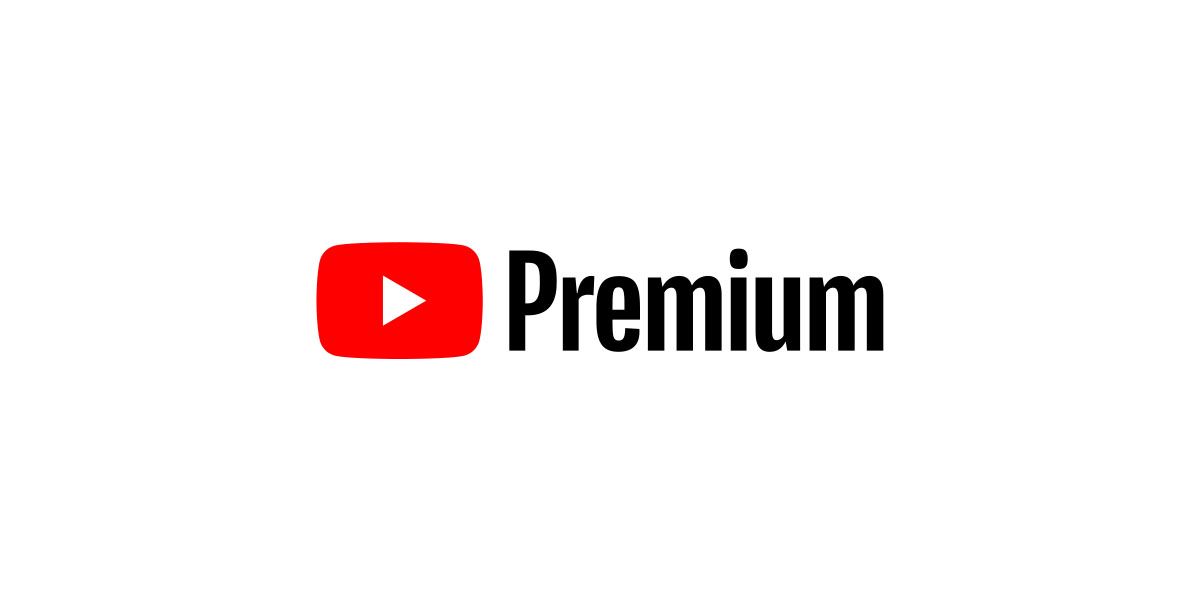Exploring YouTube’s recent ban on third-party ad blocker apps sheds light on a significant shift in the platform’s advertising policies. This move has sparked discussions among users and content creators alike, raising questions about the impact it will have on the viewing experience and revenue generation. YouTube’s decision to crackdown on these ad blockers has far-reaching implications for both parties involved, signaling a potential transition towards a more monetization-focused ecosystem.

YouTube’s Ban on Third-Party Ad Blocker Apps
YouTube has enforced a stringent policy against the usage of third-party ad blocker apps, aiming to maintain ad visibility for advertisers.
The ban not only encompasses traditional ad blockers but also extends to third-party ad blocker apps and those embedded within video player applications, ensuring compliance across all ad-avoidance platforms.

Impact of the Ban
The YouTube ban on third-party ad blockers means users trying to utilize such apps may encounter error messages, signaling unavailability of content. This restriction aims to ensure that viewers engage with ads, supporting content creators by upholding the revenue flow essential for sustaining quality content creation.
Content creators face a direct impact as ad blocking impedes their ability to generate revenue from views, potentially diminishing their earnings. The ban, justified by YouTube as crucial for backing content creators, aims to preserve the platform’s ecosystem, enabling creators to continue producing diverse content that attracts millions of users actively engaged with the service.

YouTube’s Alternative
YouTube’s ban on third-party ad blockers has led to users seeking alternatives for ad-free content consumption. One prominent option recommended by YouTube is to subscribe to YouTube Premium, offering an ad-free viewing experience for a more seamless enjoyment of videos.
YouTube Premium not only eliminates advertisements but also provides additional features like offline viewing, access to YouTube Originals, and background playback, enhancing the overall user experience and supporting content creators through alternative revenue streams.
